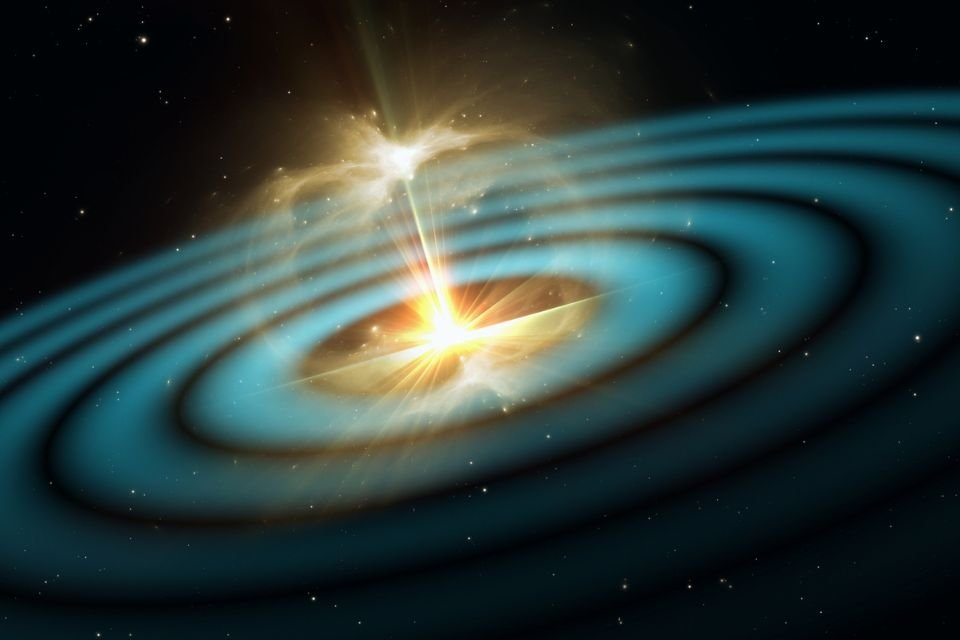Gravitational waves, mostly from merging pairs of black holes, are constantly rippling across the universe. When they arrive on Earth, most of the time, they are so faint that they are barely noticeable. Recently, however, the question has arisen: Is it possible to use them to cause major effects such as launching planets into space or even destroying Earth?
In a recent episode of the “Dead Planets Society” podcast hosted by Chelsea Whyte and Leah Crane, the presenters talked about the power of these waves if they are amplified.
The conversation revolves around the idea: Ggenerate a gravitational wave strong enough to be felt and even devastate a planet. LIGO expert Christopher Berry joins the discussion, explaining that although these waves are usually very small, they can have a much more pronounced effect when they approach their source, just like a merging black hole. The discussion raises intriguing questions about the capabilities of cosmic manipulation and space-time physics.
An impressive fact revealed by Berry is that at the exact moment two black holes merge, a amount of energy in gravitational waves greater than luminosity all the stars in the universe can be seen together. However, the complexity of spacetime near such sources makes it difficult to distinguish between wave and underlying gravity.
As a result, if we were close enough to a gravitational wave source, such as two merging black holes, the effects would be clearly noticeable and could result in up to 100% stretch and compression.
Adding to this controversy, an unpublished study still pending peer review has entered uncharted territory on gravitational waves.
Frans Pretorius of Princeton University and William East of the Perimeter Institute for Theoretical Physics investigated what would happen if two plane gravitational waves collided, as opposed to spherical waves created when objects such as neutron stars collide. These flat waves, like tidal waves, produced by objects moving at the speed of light.
“When two of these waves collide with high energy, space-time is intensely warped, leading to the formation of a black hole,” Pretorius explains to New Scientist. In simulations, it was found that about 85% of the energy of these waves could be converted into a black hole, while the remaining 15% would propagate as weaker spherical gravitational waves.
The power required to create such waves far exceeds what we have observed. While facilities like LIGO and VIRGO detect gravitational waves that compress space-time into part of an atom, the waves that can create a black hole are so intense that they can alter space-time for miles.
Did you like the content? So stay on top of your astronomy and physics curiosity at TecMundo and take the opportunity to learn how gravity bends light.
Source: Tec Mundo
I’m Blaine Morgan, an experienced journalist and writer with over 8 years of experience in the tech industry. My expertise lies in writing about technology news and trends, covering everything from cutting-edge gadgets to emerging software developments. I’ve written for several leading publications including Gadget Onus where I am an author.












